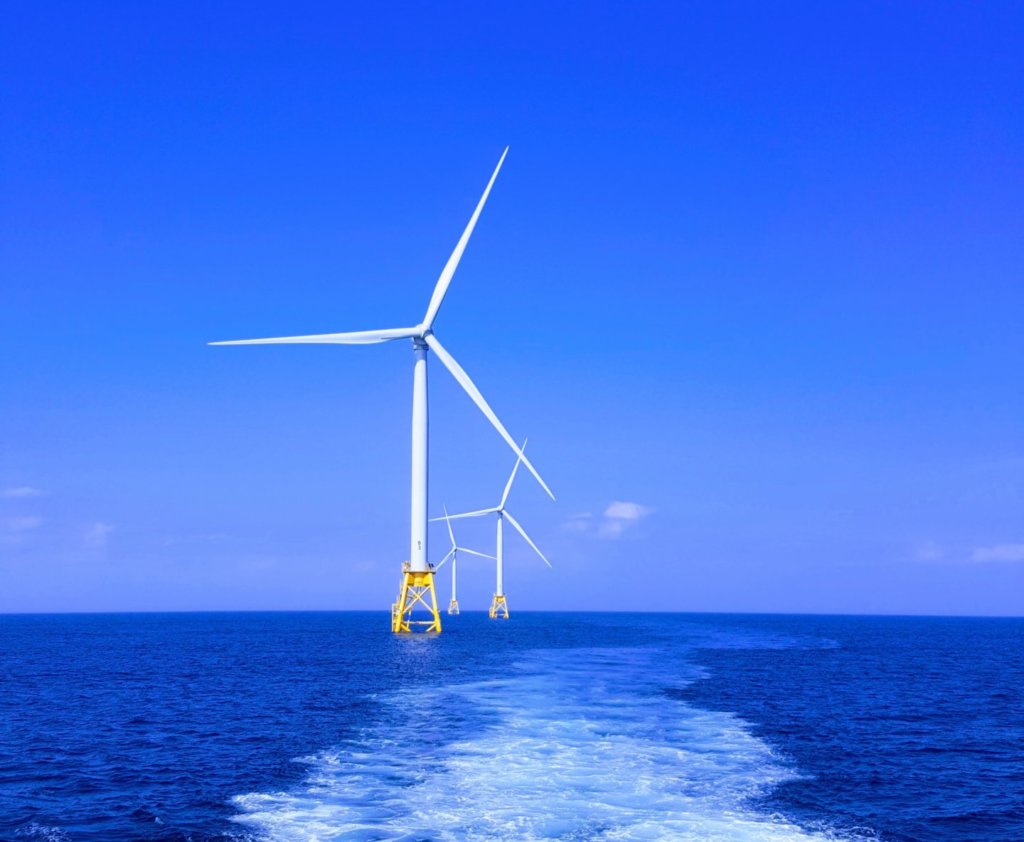In June, the National Development and Reform Commission (NDRC) issued the 14th Five-Year Plan (FYP) for Renewable Energy,[1] setting out quantitative targets for renewable energy that largely aligned with existing targets and policies. The plan sets a 2025 target for renewable electricity production of 33%, and 18% for non-hydro renewable energy, which compares to 28.8% renewable share in 2020 (11.4% for non-hydro). These targets are consistent with a draft renewable obligation policy for 2022-2030 issued in February 2021.[2] According to that policy, the share of wind and solar electricity would increase by 1.47% each year until 2030, when they would make up 26% of overall power consumption. This is faster than the increase experienced in the 13th FYP period when the combined share of wind and solar grew from 5% to 10%.

The plan reiterates China’s plan for 1,200 GW of wind and solar energy combined by 2030 while avoiding a 2025 capacity target. Further, an absolute target for renewable generation is set: By 2025, renewable energy generation is set to reach 3,300 TWh. Based on an estimation by the China Academy of Social Sciences (CASS) China will consume 9,500 TWh in total,[3] renewable energy will cover around 35% of total energy consumption by 2025. The plan also sets a minimum target of 50% for the share of renewables in the incremental power consumption. The 50% figure is the minimum needed to comply with earlier statements that renewables should meet most incremental demand growth. Effectively it dials back a statement from the National Energy Administration (NEA) last year calling for renewable energy to meet two-thirds of demand growth.[4] ZOU Ji, president of Energy Foundation China (EFC), also commented during a workshop of the China Council for International Cooperation on Environment and Development (CCICED) in June 2022 that the coal power capacity is already higher than the national peak load, implying no need for new coal if there would be sufficient flexibility and transmission between provinces. [5]
Looking beyond numbers, the FYP for Renewable Energy sets out a series of principles for renewable energy in China’s future power system. For instance, five areas for simultaneous development are listed within the plan, implying they should be pursued in tandem: centralized and distributed renewables, onshore and offshore renewables, local consumption and long-distance transmission of renewables, single-resource renewable projects and multi-energy source generation projects, and single versus integrated settings of renewables (such as integration of generation, grid, and loads). Among these, it is especially notable that policy-makers recognize that distributed energy will play a more important role. As to this, the 14th FYP focuses on the installation of distributed solar in industrial parks and public buildings and encourages the promotion of dual-use solar applications, such as agrivoltaics and fishery agrivoltaics. However, recent media reports indicate that the Ministry of Natural Resources (MNR) has largely blocked floating solar or agrivoltaics.[6]
[1] “十四五”可再生能源发展规划, 发改能源[2021]1445号,” National Development and Reform Commission and other eight ministries, 21 October 2021, at https://www.ndrc.gov.cn/xxgk/zcfb/ghwb/202206/t20220601_1326719.html?code=&state=123.
[2] “能源局征求2021年可再生能源电力消纳责任权重和2022—2030年预期目标建议,” National Energy Administration, 5 February 2022, at https://news.bjx.com.cn/html/20210210/1135968.shtml
[3] “《能源蓝皮书:中国能源发展前沿报告(2021)》:2025年全社会用电量将达9.5万亿千瓦时,” China Economics, 11 April 2022, at http://www.ce.cn/cysc/zljd/zlwlx/bq/202204/11/t20220411_37477987.shtml.
[4] “国新办举行中国可再生能源发展有关情况发布会,” State Council Information Office, 30 March 2021, at http://www.nea.gov.cn/2021-03/30/c_139846095.htm.
[5] Zou Ji, “Decarbonization Energy System on the Premise of Energy Security,” presentation at the China Council for International Cooperation on Environment and Development 2022 Annual General Meeting Open Forum, 14 June 2022.
[6] “Wind and solar projects banned from freshwater bodies,” China Dialogue, 1 June 2022, at https://chinadialogue.net/en/digest/wind-and-solar-projects-banned-from-freshwater-bodies/.
